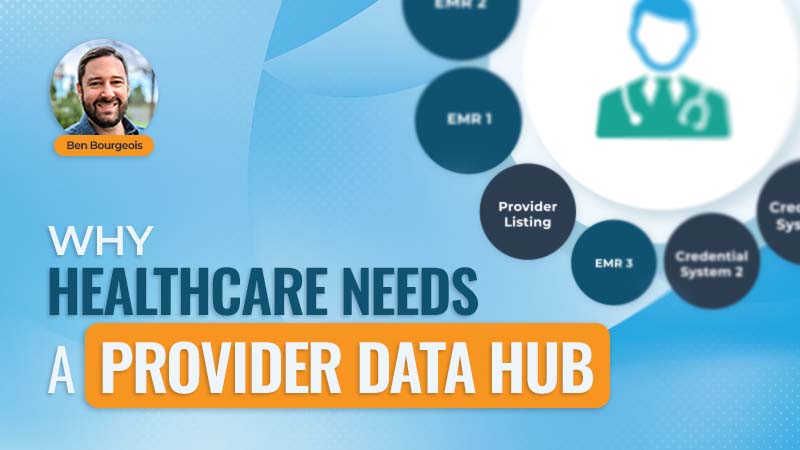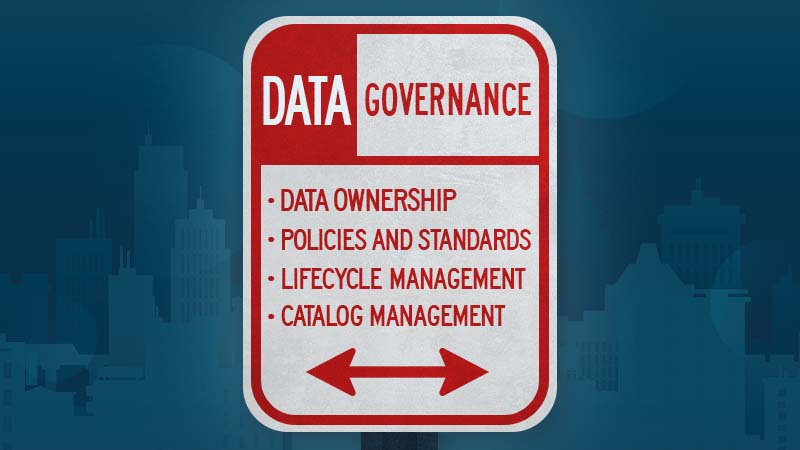Best practices: The importance of understanding the “how” and the “why”
Over the years, we’ve seen a number of patterns evolve within our customers on their projects. From observing these patterns, there are some common best practices we see our most successful customers always follow. One of those best practices is turning the focus from the “why” to the “how” of the customer 360.
Identify the core problem
Businesses often feel their major problems center around needing a clearer view of their customer 360. In reality, that’s not a business problem. The customer 360 is an enabler.
Customer 360 is how you address a business challenge, but not the business challenge itself.
An example of a business challenge is:
You need to increase the effectiveness of your marketing by delivering more leads per dollar spent.
It’s possible the challenge stems from needing a more accurate view of the customer because you’re investing a lot of money in purchasing lists, or you’re not communicating well to your customers because you don’t understand your relationship with them. By attributing a measurable value to your business problems, you can then work on solving them. It’s important to not market the business problem as customer 360.
Learn the daily challenges
Gain understanding from the stakeholders for what their challenges are.Ask questions like:
-
How can we drive more revenue?
-
How can we reduce costs?
-
How can we reduce a risk or compliance issue?
Understand the stakeholders’ daily challenges in detail so you can better position it for the business. Again, the solution may be that you need a better customer 360, but it’s not the challenge.
Gain holistic understanding of the whole business
There are often different business problems for each business segment. You can’t paint the entire world the same way when each of your businesses may have a different problem. One business might be having trouble cross-selling between different organizations. Another may need better understanding of the corporate hierarchy, so they can move up the chain and talk to larger areas.
It’s important to focus your efforts if you understand the problems and the business segmentation within your own business before you tackle anything.
The needs for a marketing team are going to be different than for the finance team. Understand your audience, and if you’re working with someone in marketing, focus on the things relevant for marketing.
Focus in on the problem
There are two steps in this practice when focusing on a business problem.- Identify the actual, underlying business challenge or opportunity.
Use the business analyst approach and ask “why” five times. Get into the weeds with what they are really struggling with. If it’s a cross-sell opportunity, then that could have been driven because of past mergers and acquisitions. If you know you’re going to do more of that moving forward, talk about the specifics.
2. Focus in on the challenges.One of the challenges most businesses have is simply making time to focus on a problem. One of the nice things about the Profisee service team is the ability to come onsite and work with customers for weeks or even months. We can help your team focus on a set of challenges and solve them.
When you commit resources to a project, you’re more likely to see it all the way through. However, if its shifted to the pile on corner of a desk, you’re not likely to be as successful because it’s not a priority.
Identify quick wins first
Once you’ve done the work of defining the challenges you have, it helps you focus and better prioritize what’s important to drive the product to be successful. Instead of approaching a customer with the seemingly overwhelming task of customer 360, identify three quick wins you can accomplish for them that prove beneficial and solve a problem they’ve been dealing with. Whether its cross-selling or managing customer addresses, focus in on the important fields, and leave tasks like data household management for a later stage.
Measure your success
It’s not the “how” that’s important for setting a foundation, but the “why.” The “how” is ultimately what the technology is delivering.
The “why” helps solve the business problem to successfully complete the “how.”
Ideally, this will help us measure success. This is our version of a before and after photo. This is where we can measurably show the customer where they were before and where they are now. This helps set the pace for the rest of the projects, helps with establishing a budget for the project and justifies the worth of the project once it’s complete.
Are you ready to prioritize discovering challenges within your business to set your company on a trajectory for long-term success? We can help! Learn more about our services.

Forrest Brown
Forrest Brown is the Content Marketing Manager at Profisee and has been writing about B2B tech for eight years, spanning software categories like project management, enterprise resource planning (ERP) and now master data management (MDM). When he's not at work, Forrest enjoys playing music, writing and exploring the Atlanta food scene.











